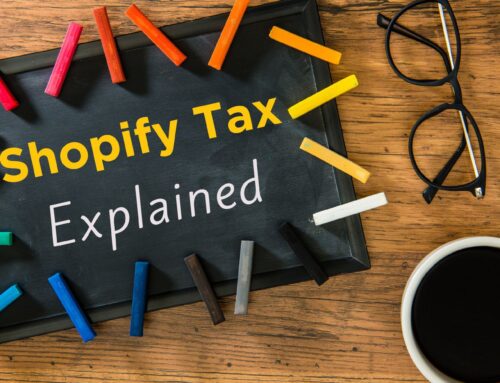
Should you track Amazon inventory in QuickBooks Online? The answer is… yes, and no. Don’t worry, it’s not a trick question. When it comes to tracking inventory, there are two sides to the coin; inventory costs and details of the actual inventory. You DO want to track the costs in QuickBooks Online, but you don’t want to track all of the details of inventory in QuickBooks Online. Does that answer leave you wondering, “what should I do?” Keep reading, and I’ll give you my insights on this topic.
Click on the linked video below: Should you track Amazon inventory in QuickBooks Online?
Tracking inventory details in QuickBooks Online
The inventory functionality in QuickBooks Online is not meant for e-commerce sellers. What you see in QuickBooks Online, in terms of inventory, is really specific to distributors and wholesalers. It’s designed for businesses that invoice customers for inventory sales. As an Amazon or other e-commerce seller, you don’t invoice your customers for sales because they buy directly through Amazon or other sales channels.
One of the biggest mistakes that my Amazon clients make, is trying to set up detailed inventory in QuickBooks. In the products and services list in QuickBooks Online, you have the ability to set up inventory items and even track sales price, cost, and quantity on hand.
Sounds great, right?
However, these inventory features don’t talk to your Amazon account, since it’s not really designed for e-commerce. Detailed inventory takes a whole lot of time to set it up, gets messed up easily, and then you don’t know how to fix it. Amazon will dump a huge amount of data into your QuickBooks, most of which you don’t need in your financial records at all. I recommend that you avoid all of that. How?
Tracking inventory cost in QuickBooks Online
So, how do you get that inventory into your QuickBooks so you can see a clear view of the profitability of your Amazon business? Just track the inventory total and the cost of goods sold. I recommend doing that with a journal entry. Ideally, you want to track your inventory totals once a month. That would give you the most clarity into your profitability. But, if that’s not workable, once a quarter or at a bare minimum once a year works, because you do need that ending inventory amount and totals for tax purposes.
I’ll go deeper into the details of that journal entry in a future post and video. For now, just understand that you need to enter a total amount of inventory in your QuickBooks. Don’t try to set up all the details of the inventory in your QuickBooks. I know that begs the questions, “How do you track the details of your Amazon inventory then?”
A better way to track detailed inventory
Well, if you’re an Amazon-only seller, I recommend Inventory Labs. This app can track all the details of your inventory and it’s made to work directly with Amazon. It’s able to pull the details in from your Amazon sales, unlike QuickBooks, which has nowhere to put all that info.
If you’re not using an inventory app, you can download my free inventory worksheet by clicking here. You can use this spreadsheet to track all of your SKUs, descriptions, quantity, purchase price, and the total, and then pull the total cost numbers to create that journal entry in QuickBooks Online.
Closing
Once you have your inventory tracking under control, you’ll be able to make much clearer decisions about your profitability. If you would like to reach out to me, my firm VM Wasek specializes in e-commerce for Shopify, Amazon, and Walmart sellers. Click on this link to learn more about my services and see if my team is a good fit to help you elevate your e-commerce business and reach your goals..




